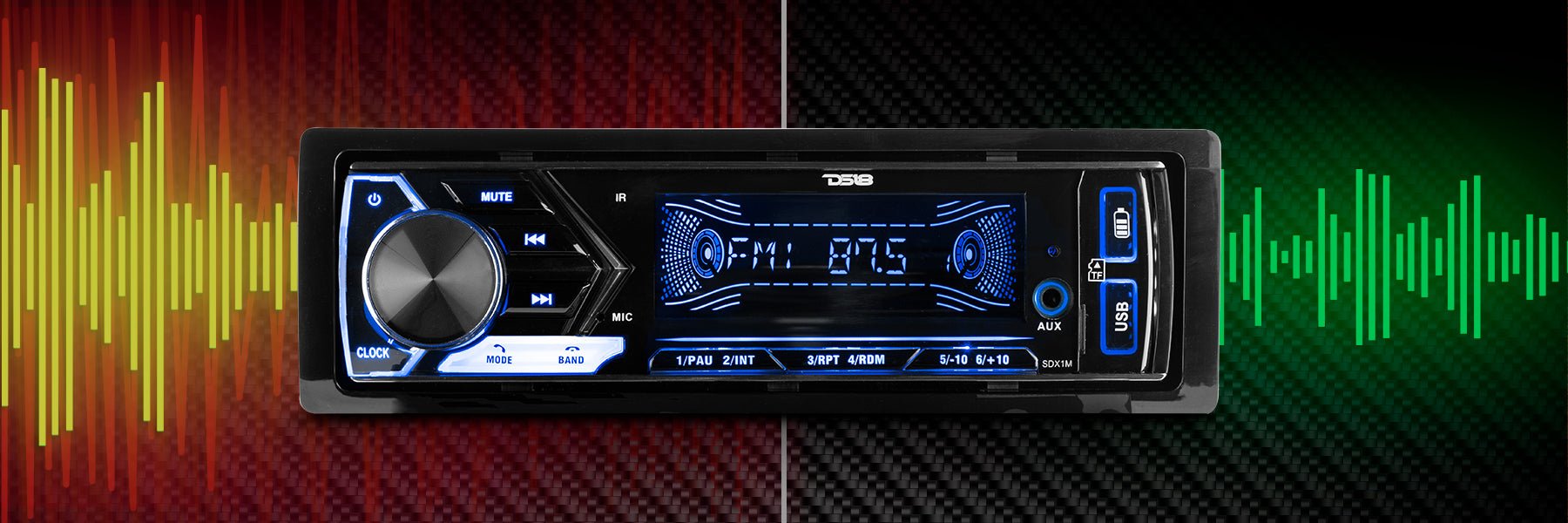Setting gains correctly is a key factor in getting the most out of any car audio system. Proper gain setting ensures that the amplifier can deliver the maximum amount of power without distorting or clipping the sound. This helps achieve the best possible sound quality and performance from the sound system.
To set the gains on a 4-channel car amplifier, we’re going to have to get our hands dirty. An oscilloscope, digital multimeter, and a test tone CD or smartphone app are required. Most importantly, we’ll need a basic understanding of Ohm's law; a fundamental principle of electricity that describes the relationship between voltage, current, and resistance. Ohm's law states that the current passing through a conductor between two points is directly proportional to the voltage applied across the two points. Mathematically, this can be expressed as:
I = V / R
Where I is the current in amperes, V is the voltage in volts, and R is the resistance in ohms.
This equation is a fundamental principle of electricity, and is widely used in a variety of applications, including setting the gains on a car amplifier. By measuring the voltage and resistance of the speakers and applying Ohm's law, determine the correct gain setting for any amplifier to ensure it’s able to deliver the maximum amount of power to the speakers without distortion or clipping.
The first step in setting the gains on a 4-channel car amplifier is connecting the amplifier to the audio system using high-quality speaker wire and RCA cables. This involves running the speaker wire from the amplifier to the speakers, and the RCA cables from the head unit to the amplifier. Use the correct wire gauge and cable length to ensure that the amplifier is able to deliver the maximum amount of power to the speakers.

Next, set the input sensitivity on the amplifier. This controls how much voltage is required for the amplifier inputs to produce the maximum power output. Typically, the input sensitivity on a 4-channel car amplifier will be adjustable using a set of knobs or switches on the amplifier itself. Consult the amplifier's manual to determine the correct setting for your specific system.
Once the input sensitivity is set, adjust the gain on each channel of the amplifier using an oscilloscope and a digital multimeter. An oscilloscope is a specialized electronic test instrument that allows you to visualize the waveform of an audio signal. A digital multimeter is a device that measures electrical parameters, such as voltage, current, and resistance.

To set the gain on each channel of the amplifier, play a test tone through the channel using a test tone CD or smartphone app. Use the oscilloscope to monitor the waveform of the test tone and adjust the gain on the amplifier until the waveform reaches the maximum level without distorting or clipping. At the same time, use the digital multimeter to measure the voltage at the amplifier inputs and outputs, and use Ohm's law to calculate the resistance of the speakers.
Once the gain is set correctly on each channel of the amplifier, repeat the process for the other channels. Set the gains carefully and accurately, as even a small error can affect the overall performance and sound quality of your car audio system.
Once the gains are set correctly on all channels of the amplifier, be ready to enjoy your music and movies with the best possible sound quality and performance. Proper gain setting is an essential part of any car audio system, and can make a big difference in the overall listening experience. By using the right tools and techniques, and applying a little bit of Ohm's law, you can set the gains on your 4-channel car amplifier like a pro.









